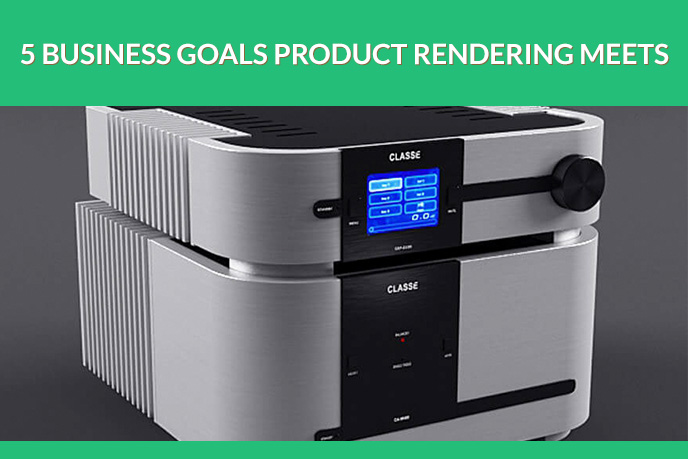PRODUCT VISUALIZATION FOR MANUFACTURERS: 5 BUSINESS GOALS IT MEETS
Product visualization is a graphic representation of a ware on sale or its concept. As a more advanced form of product graphics, 3D product rendering enables manufacturers and retailers to improve a range of business processes. The reason is its flexibility and unlimited potential for photorealism.
Without visual materials, it’s almost impossible to convey the value of a product. Those manufacturers who use photos have a long way to go.
If products are yet to be launched, the company orders prototypes: one per each model and model variety. Anyway, the items, either prototypes or real products, need transporting to the studio. And only then will it be possible to make a photoshoot. A tedious, long-lasting procedure, with every step resulting in a money transfer from the manufacturer’s account.
Is there really no other way to get high-quality photoreal product imagery? A faster and more cost-effective alternative would enable the manufacturer to focus more on products and develop more of them. Thus, the company could make more money.
That’s exactly what 3D product visualization does for manufacturers. Learn 5 ways 3D graphics help improve the existing business processes and take on new challenges.
#1. Product Visualization for Design
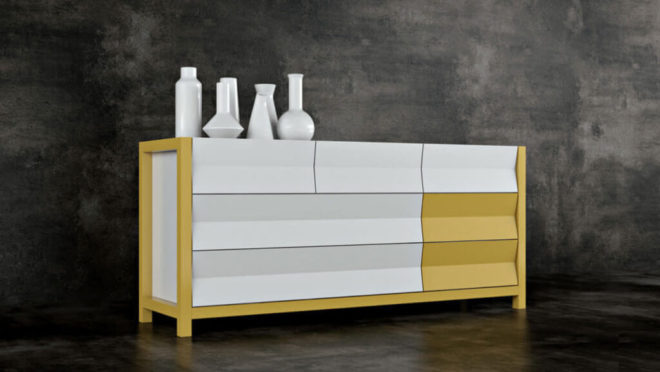
With the traditional approach to product visualization, designers use hand-drawn sketches for ideation and esthetic representation of the project – and drawings for precise communication of structure and dimensions. These graphics make an integral part of a manufacturer’s documentation. The goal is product manufacturing, and production workers use them as the main reference.
But is using 2D graphics for product design, whether pencil-and-paper or computer-assisted, the shortest way to production? Definitely not! There are as many as 3 solutions that are a way more time-effective:
#1. 3D wireframe model is a virtual representation of a design as a mesh of edges. CAD software generates drawings automatically, updating them on every modification of the model. The more sophisticated the geometry, the more time a wireframe model saves compared to 2D drawings.
#2. 3D surface model represents a design as an array of adjoining polygons. Also apt for drawing generation, it has an even stronger benefit. Namely, a 3D surface model allows for photoreal product visualization that depicts the ware as if off the line. By contrast with a sketch, a 3D product visualization based on a surface model leaves no room for ambiguity.
#3. 3D solid model has volume, as if it was a real-life object made of real materials. Indeed, it can become a tangible thing, thanks to 3D printers and CNC systems. And like the previous two options, a designer can convert it into a drawing too.
#2. Product Visualization for Presentation
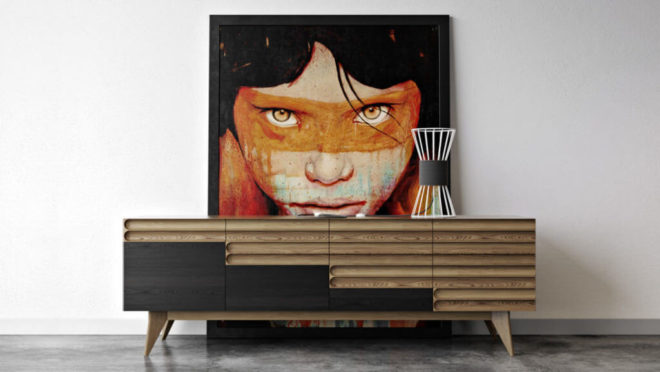
Product presentations generate leads from trade shows and exhibitions. Also, they help manufacturers get a lavish investment or beneficial wholesale order. But how to increase the odds of a company getting in touch with prospects or making a deal?
The most essential component of success is persuasive visuals. To demonstrate the uniqueness of the product to the viewer, the imagery has to be realistic and eye-pleasing. And of course, the visuals must highlight the key benefits of the product. 3D graphics meet all of these criteria as product visualization software allows for full control the scene to make deepest impact on the audience.
Those who want not only impress but mesmerize the audience ought to consider 3D product animation. The first few frames catch the viewers’ attention, and the further ones hold it with no effort from them. Thus, 3D animation helps convey the benefits of the design even more persuasively.
#3. Product Visualization for Promotion
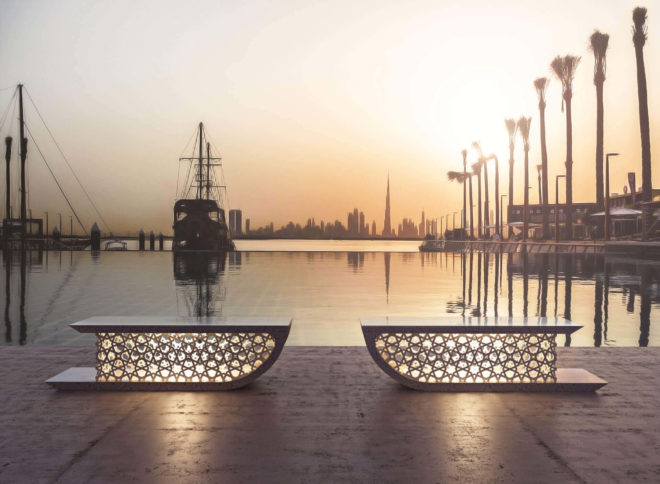
Product promotion helps manufacturers foster brand awareness and loyalty, build a community, create interest to a product as well as directly encourage sales.
You need to define measurable goals of your promotional campaign, work out the budgets and showcase the benefits of your product with 3D visualizations. Lifestyle images, hero shots, detail shots, animations – each of these types of product images can help achieve the goal. 3D artists use such state-of-the-art software as 3ds Max and Vray for product visualization to be as appealing and persuasive as the most masterful snapshot.
Just plan ahead which step you expect from the customer: a visit to the store, a product page view, a subscription to the Facebook page, or any other. This way, you will be able to pick the best visualization type for your campaign.
#4. Product Visualization for Sales
In sales, product visualization closes the gap between the current reality and the future when the buyer owns the product. No matter where the sales take place – online or offline – quality images help him or her make a decision. Product pictures showcase the quality of the product and make the viewers fancy it in their homes, thus forming an emotional connection and encouraging purchase.
For this purpose, lifestyle visualizations and close-ups are suitable, as well as video guides. Lifestyle images address the gap directly by putting the product into a real-life environment. Close-ups highlight the quality of materials and minuscule details. Video how-tos show how the customer can adjust product to his or her needs. This way, 3D product visualization always provides an option that works for your product best.
#5. Product Visualization for Repeat Purchases
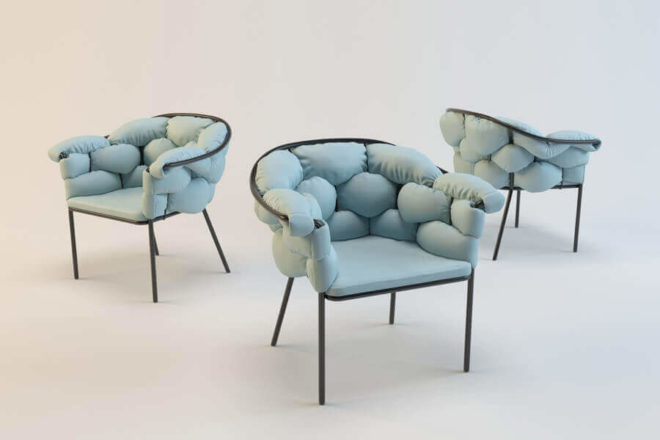
Repeat sales make the marrow of a stably growing business. The reason is that it’s cheaper to sell something to the same person again than to attract a new customer. Here, customers’ trust is the key. For buyers to value more what they own, it’s necessary to underline its advantages such as quality materials, compact size, prestigious brand, suitability.
However, bear in mind that to prevent buyer’s remorse, visuals must be realistic so as to honestly represent the features of the product. 3D product visualization allows for creation of images in which colors and textures are the same as in the product. This way, the customers know exactly what they are buying. It makes them happier with the purchase so that they are more likely to buy again.
Product visualization is vital to a brand when it comes to effective design process, promotion, presentation, and sales. In fact, it is crucial for customer retention. There are two options on the market – 2D and 3D product visualization.
While 2D graphics are mainly reserved for documentation, 3D visualization revolutionized every stage of product manufacturing and marketing – with its fast, high-impact, and versatile solutions. Need professional 3D graphics for your business? Contact UFO3D for product visualization services and get imagery that fascinates the viewer and makes deals.
Let us know if you’ve got an interesting project and want to work together!

